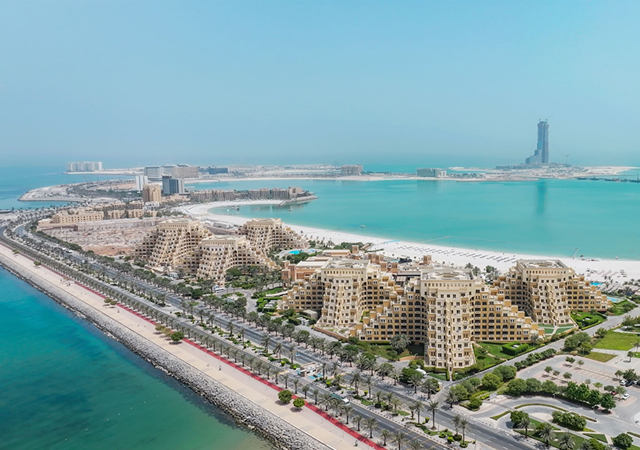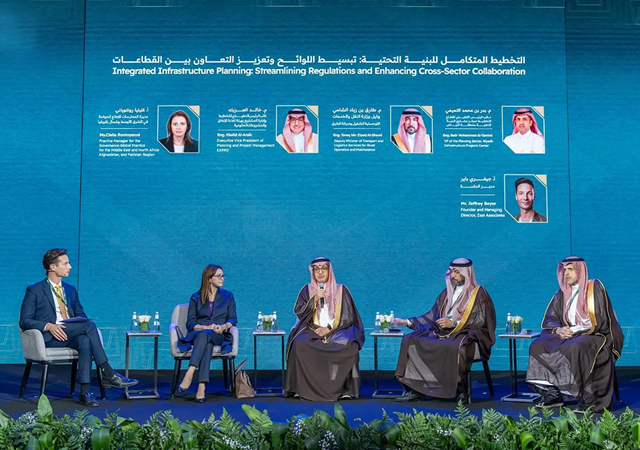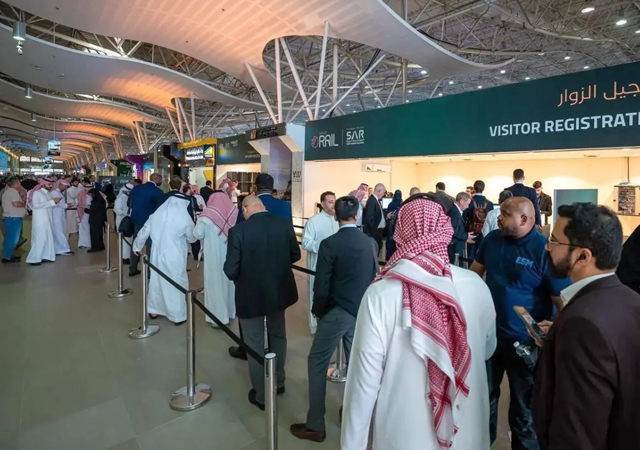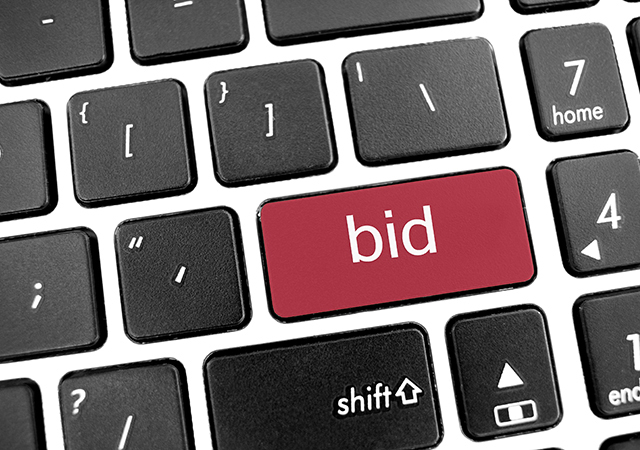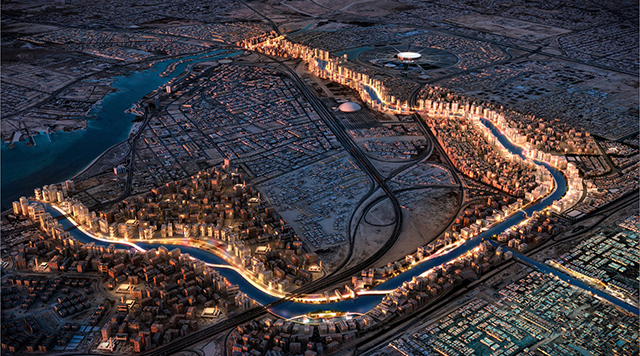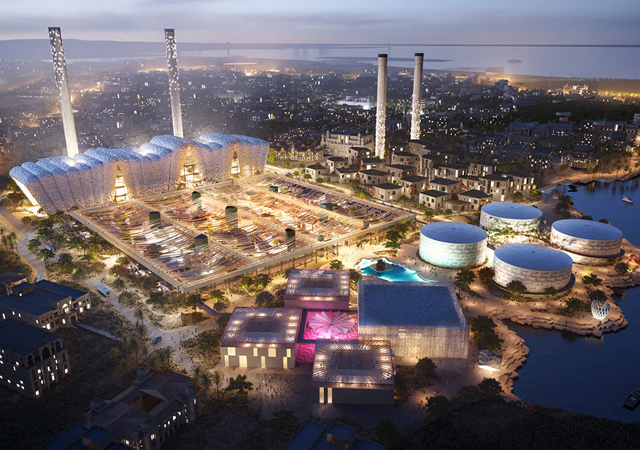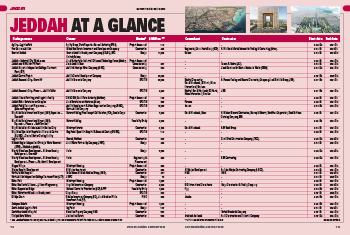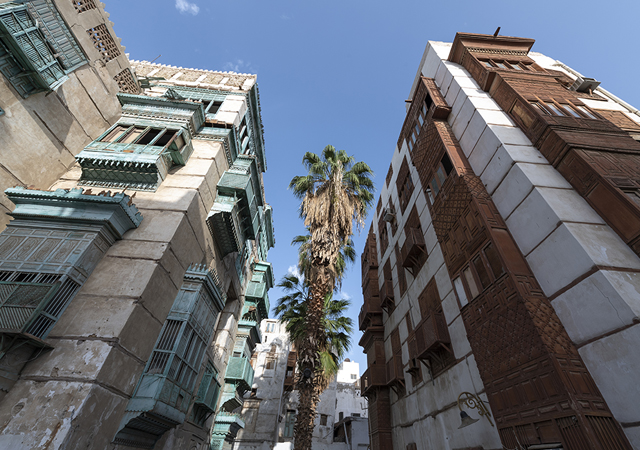
 Jeddah Historical District, UNESCO World Heritage Site
Jeddah Historical District, UNESCO World Heritage Site
Jeddah is poised for a major transformation as Saudi Arabia embarks on a grand ambition to modernise and revitalise the historic Red Sea port city in a bid to position it as leading global economic and cultural powerhouse. These mammoth efforts are now fuelling optimism in the construction sector, which has gained further momentum with the recent announcement of the launch of the tendering process to restart the construction of Jeddah Tower – slated to be the world’s tallest skyscraper.
The key projects aimed at redeveloping Jeddah are the SR75-billion ($20 billion) Jeddah Central project and Historic Jeddah project, both of which are being spearheaded by subsidiaries of Saudi Arabia’s sovereign wealth fund, the Public Investment Fund (PIF).
The Jeddah Central project, being developed by Jeddah Central Development Company (JCDC), is making headway with key appointments having been made recently such as the selection of an award-winning engineering and architectural designer to transform a disused desalination plant into an industrial museum and cultural centre; and a partnership for the hospitality offerings within the project’s marina district.
The Historic Jeddah project, which has garnered considerable attention in recent months, now has a dedicated entity, Al Balad Development Company (BDC), under the auspices of the PIF to pursue the ambitions for Jeddah’s historic Al Balad district.
Another PIF undertaking, Roshn Group, Saudi Arabia’s multifaceted real estate developer, has unveiled a transformative mixed-use development in the north of Jeddah. The Marafy project, unveiled in late August, will accommodate over 130,000 residents and feature an 11-km-long man-made canal as its centrepiece
Among other developments, Jeddah is slowly but surely pushing ahead with its ambition to position itself as a transportation and logistics hub with plans including a major expansion and transformation of Jeddah’s King Abdulaziz International Airport (KAIA) into an airport city. According to the Centre for Aviation (CAPA), Jeddah Airports Company (Jedco) intends to undertake a SR115 billion expansion project which would increase the airport’s capacity from 40 million to 114 million passengers per annum. This involves the design and expansion of Terminal One and the construction of a new passenger terminal, set for completion in 2031. Jeddah Airport City will be situated directly adjacent to and connected with King Abdulaziz International Airport (KAIA) Terminal 1.
This apart, the Saudi Ports Authority (Mawani) is aiming to capitalise on Jeddah’s potential as a port city with the development of a number of logistic parks.
In addition, Jeddah’s prominence as a transport hub will be further boosted by the much-anticipated Land Bridge initiative that will link the capital Riyadh and Jeddah. Plans for the much-anticipated project have reached an advanced stage, according to the National Industrial Development and Logistics Program (NIDLP), which is reported to be negotiating with international companies that will carry out the project.
The estimated $7-billion Land Bridge project involves building a railway network across the kingdom linking the Red Sea coast to the Arabian Gulf. The 920-km Riyadh to Jeddah line will extend to King Abdullah Port.
Historic Jeddah
Historic Jeddah will involve the redevelopment of a 2.5-million-sq-m area, with a total built-up area of 3.7 million sq m, in Al Balad district, which was inscribed by Unesco as a World Heritage Site, recognising its outstanding universal value as a unique urban ensemble that reflects the cultural traditions of the Red Sea region. The overall development will include 9,300 residential units, 1,800 hotel units and around 1.3 million sq m of commercial and office space.
The project is part of the larger Jeddah Historical Rejuvenation Project, launched in September 2021 by HRH Prince Mohammed bin Salman bin Abdulaziz Al Saud, Saudi Arabia’s Crown Prince and Prime Minister.
This historical area, situated on the eastern shore of the Red Sea, was established in the 7th century AD as a major port for Indian Ocean trade routes, channelling goods from Jeddah to Makkah.
The new company set up to spearhead its redevelopment, Al Balad Development Company, will focus on improving Al Balad’s infrastructure, overseeing the restoration of historic buildings in the district, and developing service facilities as well as recreational, residential, commercial, hotel and office spaces. The company will collaborate with the private sector and specialists to develop the area’s infrastructure according to the best standards of urban planning for historic areas, taking into account environmental sustainability and preserving the unique heritage of Historic Jeddah.
SNC-Lavalin, a global leading engineering and construction group, has been awarded a two-year project management consultancy (PMC) services contract by the Saudi Ministry of Culture to support the development of the district, which boasts more than 600 historic buildings, 36 historical mosques and five major historical markets.
According to SNC-Lavalin, the project work will extend for the next 15 years, during which the Historic Jeddah area will be developed according to multiple tracks, including infrastructure and services, developing the natural and environmental field, improving the quality of life, and enhancing urban aspects. The ministry aims to create an integrated environment in Historic Jeddah that has multiple natural components, including 5 km of developed waterfronts, green spaces and open gardens covering 15 per cent of the total project.
Over the next two years, the project will reconnect the Red Sea with Al Balad and vitalise the historic Al Bunt Port.
Jeddah Historical District Programme will be implemented in three phases. During Phase One, sections of the waterfront that had previously been filled decades earlier to accommodate the city’s urban expansion would be carved out once more.
In Phase Two, Lake Al Arbaeen’s water would be treated and purified, leading up to the final phase, which will see the construction of a marina for luxury yachts as well as the creation of open green spaces, pedestrian overpasses and public utilities to round off Al Balad’s sustainable urban structure.
Jeddah Central Project
JCDC has initiated a number of measures recently for the Jeddah Central development towards creating a local attraction and global destination in the heart of the Saudi port city. Among them, it has appointed the multi-award-winning British architecture company Heatherwick Studio to carry out the engineering and architectural designs to transform the Jeddah desalination plant into a museum that will document the city’s industrial heritage from the time of King Abdulaziz to the present day. The project also includes establishing a large cultural centre on the project’s waterfront.
JCDC has also signed an agreement with Malta-based International Hotel Investments to set up its Corinthia brand of hotels within the project’s Marina district (see separate article).
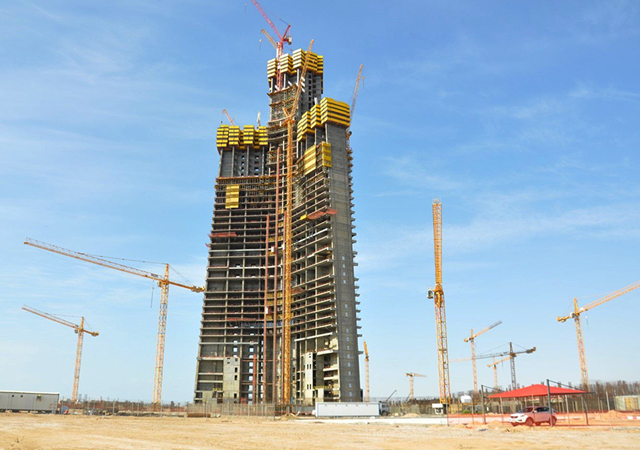 |
|
The Jeddah Tower ... work is set to restart on site. |
Jeddah Tower
Construction work on Jeddah Tower, which is designed to be the tallest building in the world, is expected to resume after a seven-year hiatus with the selection of a contractor to complete the contract. Some 14 contractors are reported to be vying for the main contract to recommence work on the tower.
According to a source at Jeddah Economic Company (JEC), the developer of the superskyscraper, the bidding process is currently under way.
Construction of the tower came to a halt in 2015, when around one-third of the superstructure was complete. Jeddah Tower is designed to soar over 1,000 m into the sky and become the anchor project of Jeddah Economic City (JEC), a massive new development project proposed for Jeddah.
Housing
In line with government efforts to address the kingdom’s growing housing demand and achieve the Vision 2030 goal of increasing homeownership to 70 per cent by 2030, National Housing Company (NHC) – the investment arm of Saudi Arabia’s Ministry of Municipal and Rural Affairs and Housing – is spearheading the development of a number of housing projects in Jeddah. These include the 800-unit Maylaa development, East Albuhairat project, South Jeddah and the more recently launched ‘Sadayem’ in North Obhur.
The ‘Sadayem’ suburb covers a total area exceeding 3.8 million sq m, is strategically located east of Al Buhairat city, near the Red Sea coast, and close to various essential services and major future projects. The uber luxury housing project will comprise over 8,000 residential units, including villas, apartments and townhouses which will boast architectural designs inspired by the identity of the Hijazi region.
NHC has already signed partnership deals with a number of private developers to push forward with its ambitions for the development. These include Retal Urban Development Company, Mayar for Development and Real Estate Investment Company, Dar and Emar for Real Estate Investment and Development Company, Mohamed Al Habib and Partners Company, Ajdan for Real Estate Development Company, Thabat Al Maskan Real Estate Company, and Ebar Al Mamlaka Real Estate Company.
Additionally, agreements have also been signed with Al Ahli Bank, Al Bilad Bank, and Al Rajhi Bank, to offer special financing options for "Sadayem" suburb beneficiaries, it said.
Retal Urban Development Company, which is developing a 320-unit residential project, Nesaj Sadayem within the development, is also partnering with NHC on its South Jeddah and East Albuhairat projects. At South Jeddah, Retal will build 803 residential units over a 209,483-sq m-area at an estimated cost of SR635 million (see Saudi Focus).
Spread over a total area of 98,098 sq m, its East Albuhairat project will feature a total of 327 residential units, said Retal in its filing to Saudi bourse Tadawul.
Among other developers, Saudi-based Sany Alameriah for Construction Company is spearheading the development of 10,000 residential units in the Red Sea city. The SR2.5 billion project, which is being developed as part of Sakani housing programme, is due for completion in five years.
Sany Alameriah is a joint venture between Sany, the second largest heavy equipment manufacturer in the world, and Alameriah, a renowned developer in Saudi Arabia. Early this year, it engaged MGB Berhad – a leading Malaysian construction and property development company and a subsidiary of LBS Bina Group – to design and build the 10,000 residential units.
Logistics hub
The Saudi Ports Authority (Mawani) is spearheading the development of a number of logistic parks in Jeddah, enhancing its role as a key player in the national transportation ecosystem and in the drive to position the kingdom as a global logistics centre.
Late last month, Mawani tied up with Saudi Logistics Services (SAL) to establish a logistics park at Jeddah Islamic Port, on a total area of 54,000 sq m as part of its efforts to enhance the kingdom’s sea and air connectivity.
It also witnessed the laying of the foundation stone last month for CMA CGM’s new logistics park at the port, with a total area exceeding 130,000 sq m and an investment value of almost SR487 million, over the project’s timeframe.
Early this year, Mawani signed an agreement with Jeddah Chamber of Commerce and Industry to set up an integrated logistics park at Al Khumrah in the south of Jeddah at a total cost of SR1 billion. Spread over a 3-sq-km area, the key facility comprises three zones that include shared warehouses, medium-sized storage yards and single warehouses as well as large storage yards and on-demand warehouses. In addition, the logistics park will have dedicated areas for administrative, commercial and residential use as well as a one-stop services centre, it stated.
Mawani has also tied up with global freight major Maersk, which is setting up its biggest comprehensive logistics zone in the Middle East at the Jeddah Islamic Port. The logistics park, which will come up on a 225,000-sq-m area, is being built at a total investment of SR1.3 billion.
These measures are in line with Mawani’s aim of developing and providing investment opportunities in logistics zones for the private sector, and increasing the number of such zones that deal with re-exports to 30 by 2030.
Work on the project is expected to be completed in the first quarter of 2024. The zone will use renewable energy and will apply decarbonisation solutions to achieve zero-carbon rates by 2040. Thus, the zone will be 100 per cent powered by solar power generated by solar panels on rooftops, and trucks used for transport will be electric, to effectively reduce emissions.
Other Major Projects
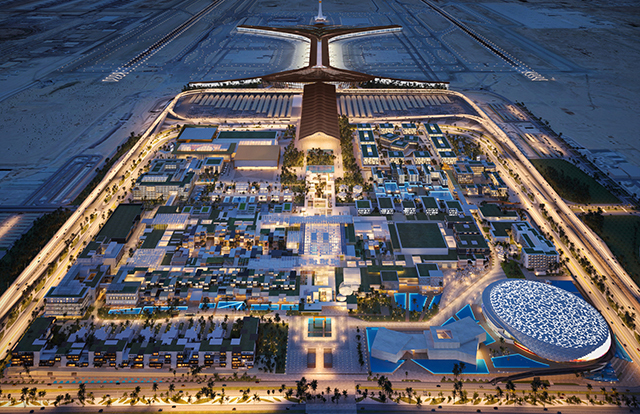 |
|
Airport City ... planned to take shape adjacent to Jeddah International Airport. |
• Airport City: Designs have been drawn up for Airport City, a 1.91-million sq m gross built-up area masterplan development for SARH Development, adjacent to Jeddah’s King Abdulaziz International Airport. Airport City, designed by Chapman Taylor in partnership with Prime AE, introduces an innovative complete mixed-use community concept to the region and will become a principal entry port or gateway and a key element in the future development of Jeddah to the north. It will take airport-centric development to a new level, enhancing the Red Sea city’s business, tourism, hospitality, sports, culture, worship, education, wellness, leisure and entertainment sector.
• Porta Jeddah: This mixed-use project, which is being developed by Saudi developer Al Akaria, is set to become an iconic landmark for Jeddah, featuring a wide variety of retail, F&B and leisure as well as a 150-key lifestyle hotel, branded residences and workplace amenities. Encompassing a total built-up area of 150,000 sq m, the company has also been designed by architect and masterplanner Chapman Taylor and is defined by a vibrant central plaza and draws inspiration from the city’s rich cultural heritage, including elements that evoke powerful memories of Jeddah, the old port, Al Balad and the palace gardens.



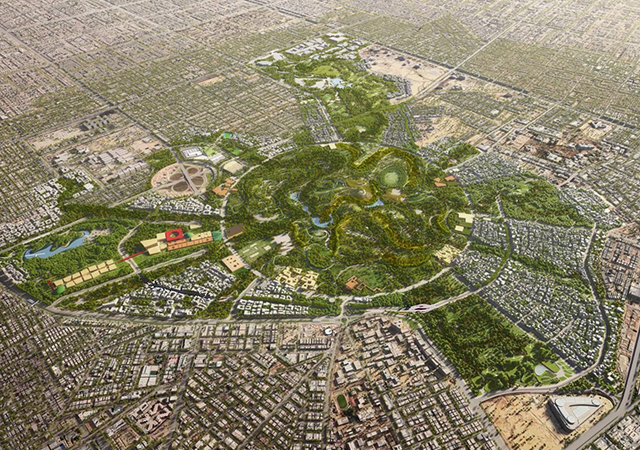
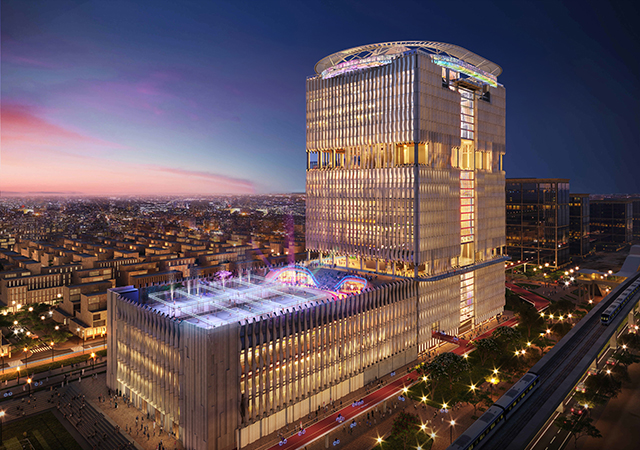



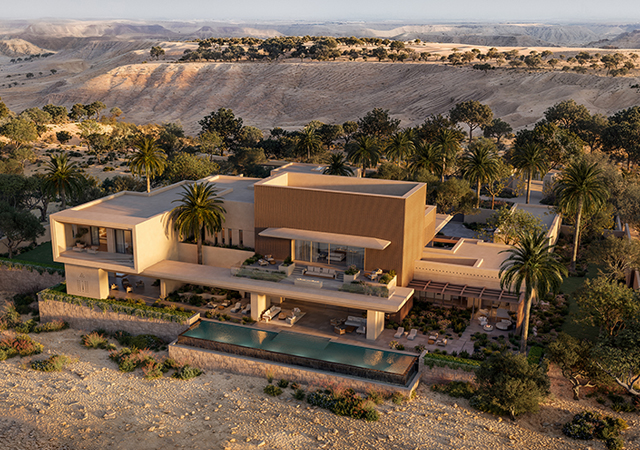
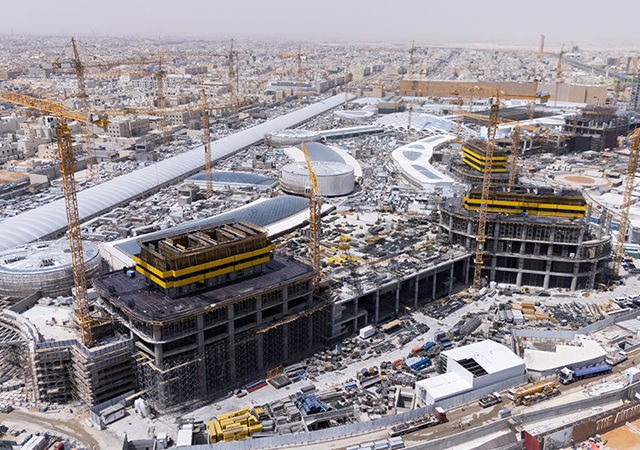
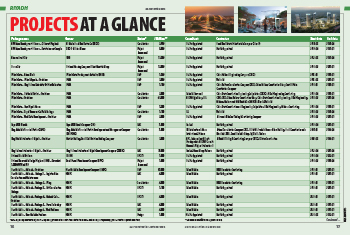
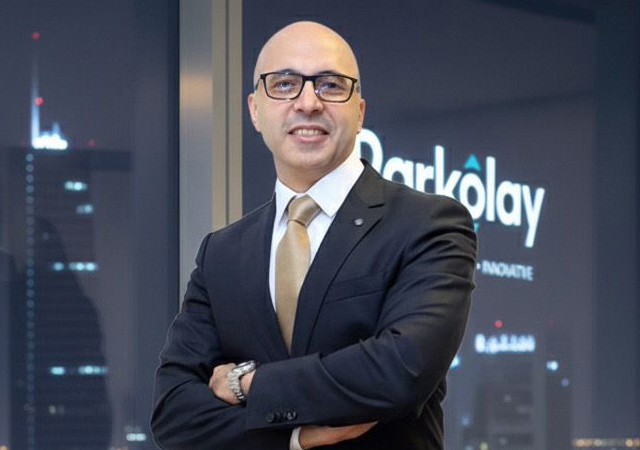

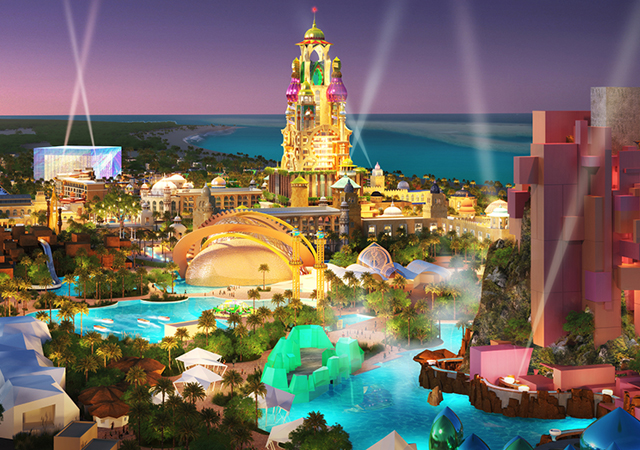
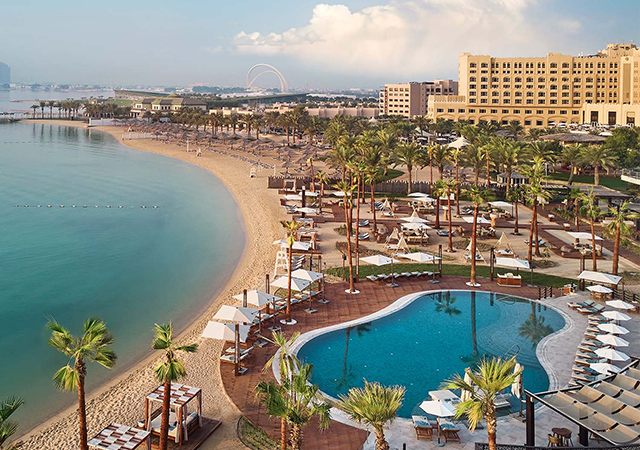
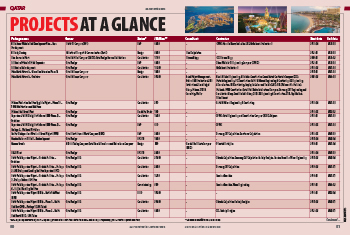
.jpg)
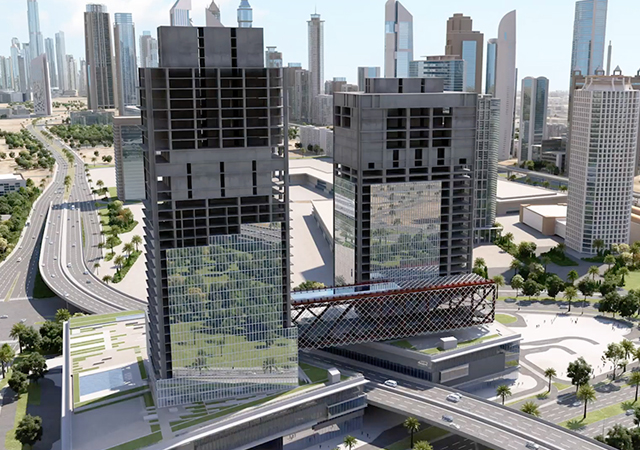
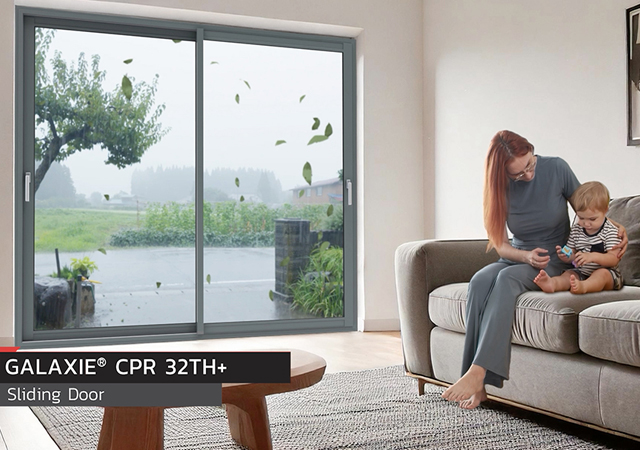
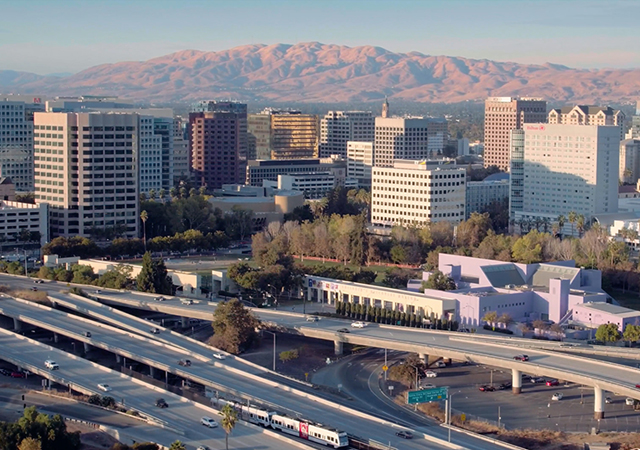


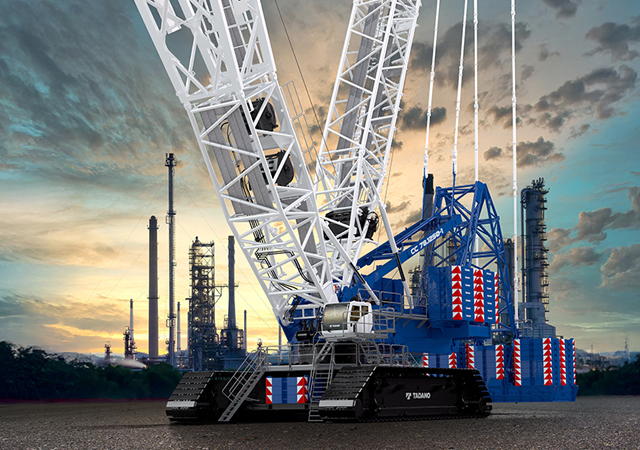
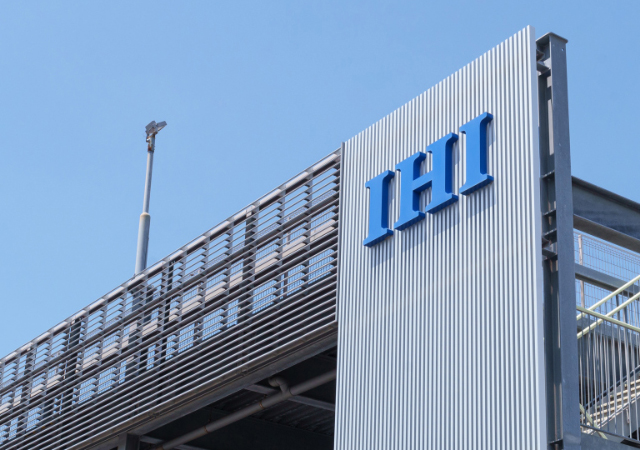

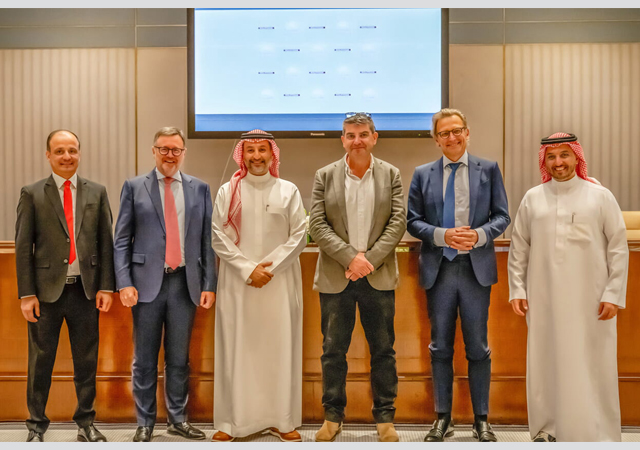
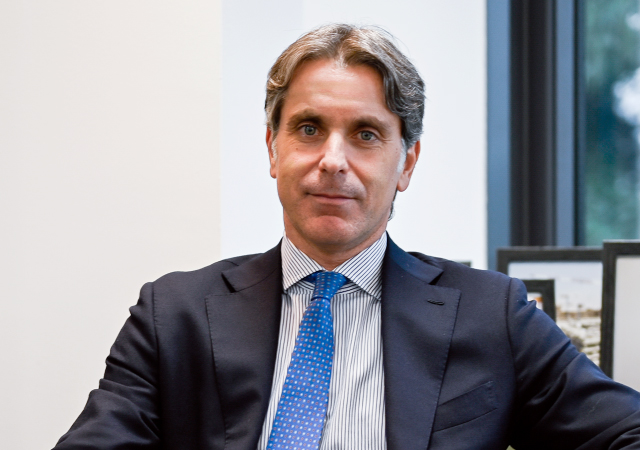
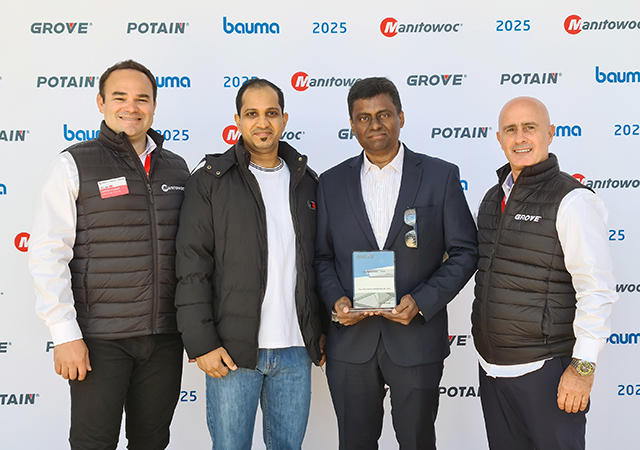
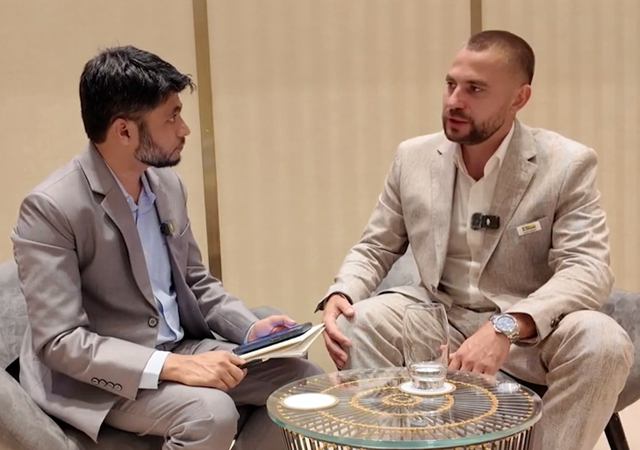
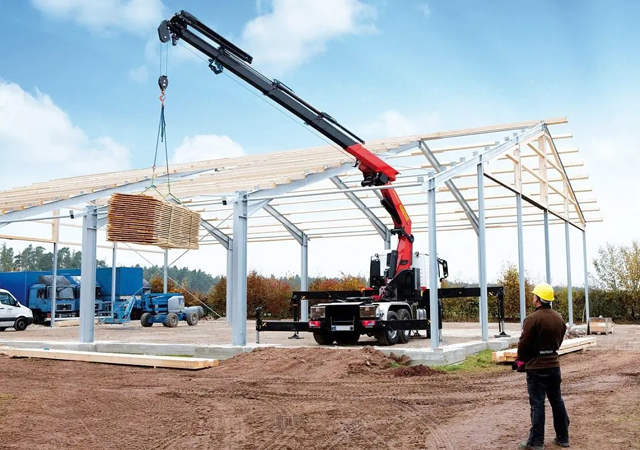
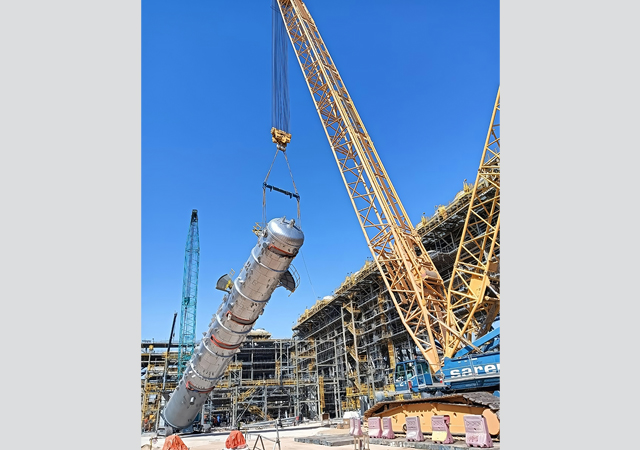
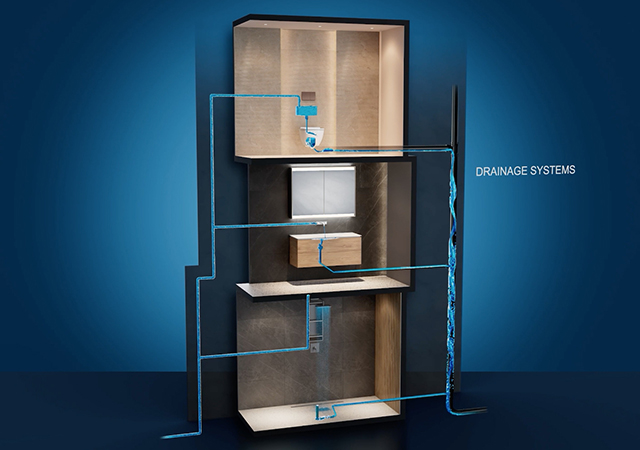
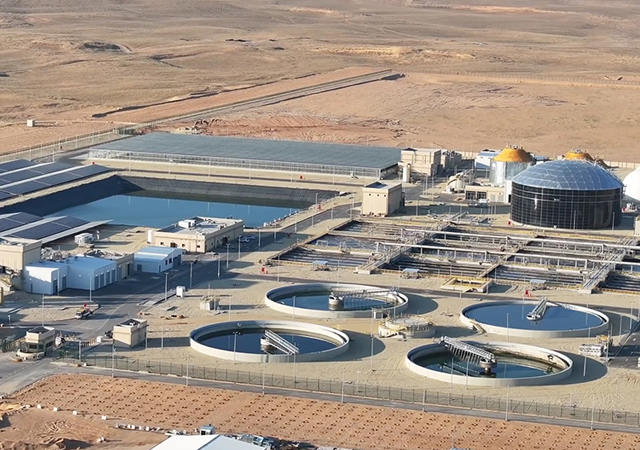

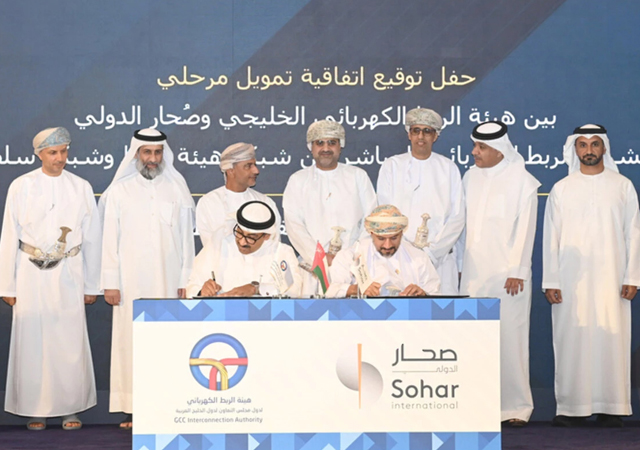

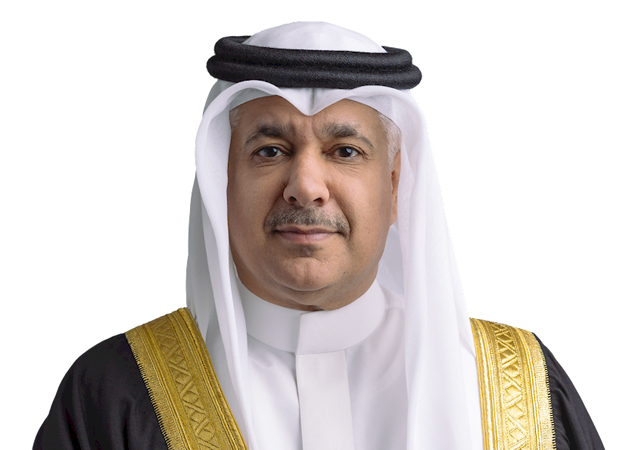
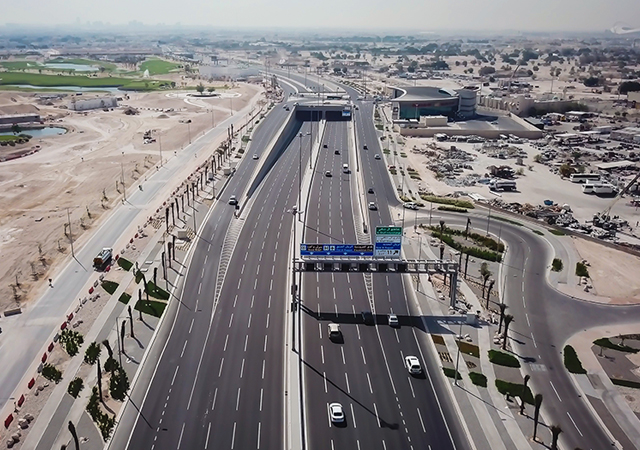


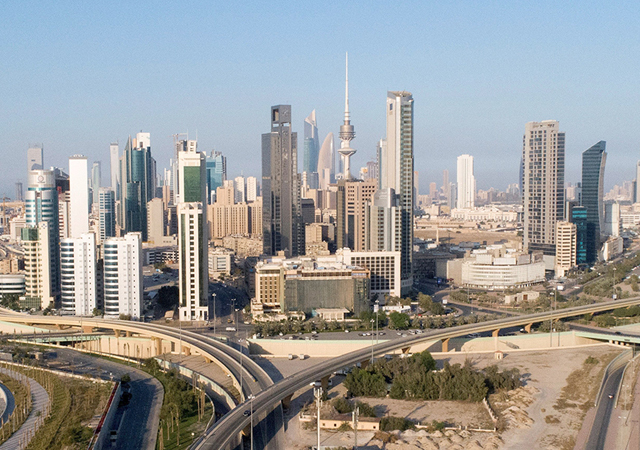

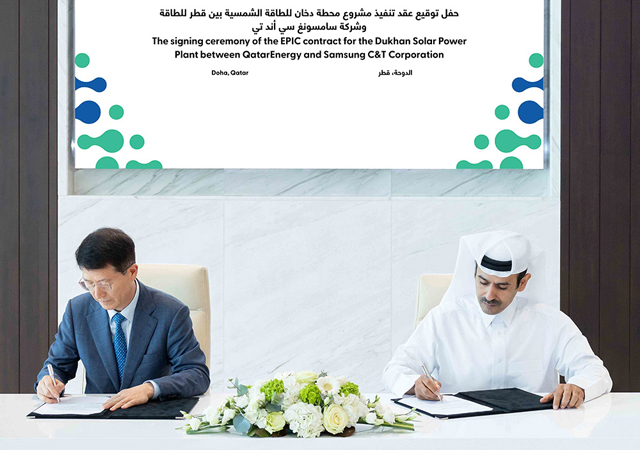
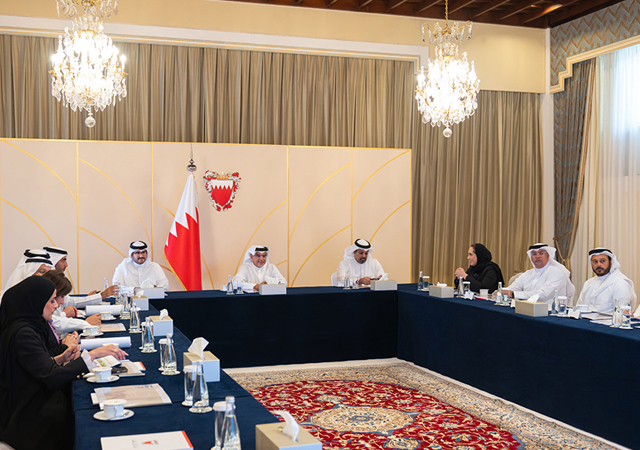


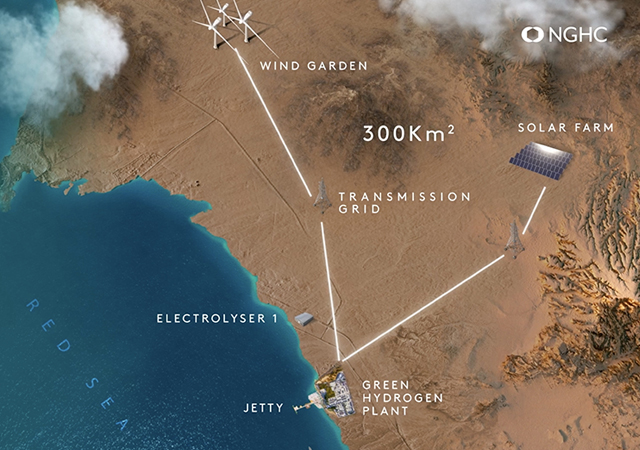
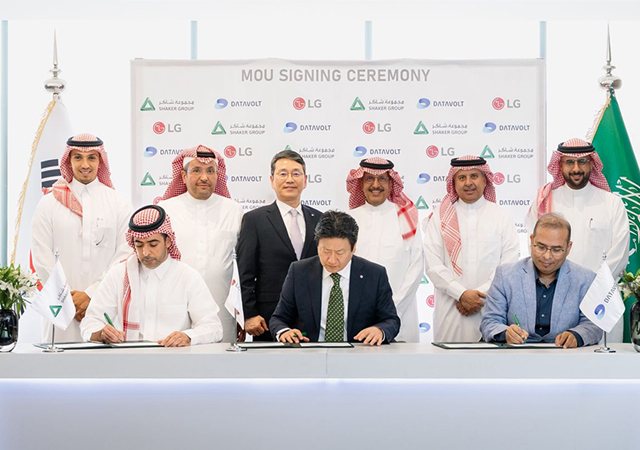
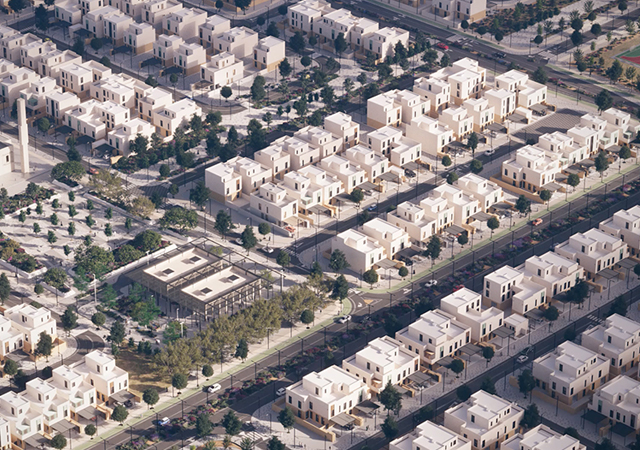
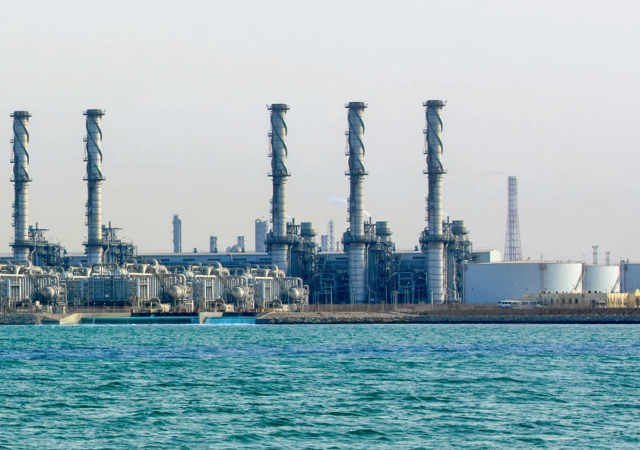
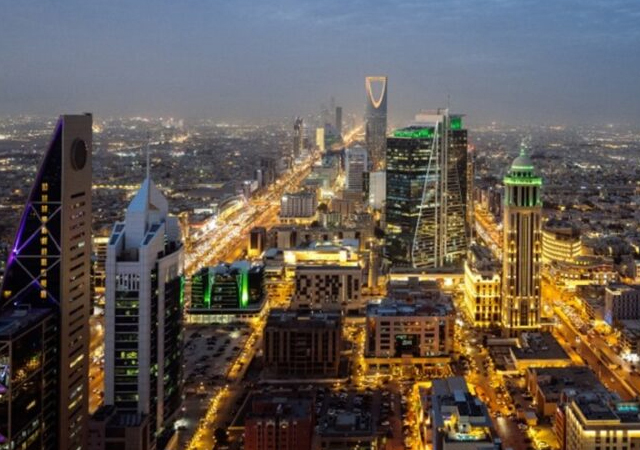
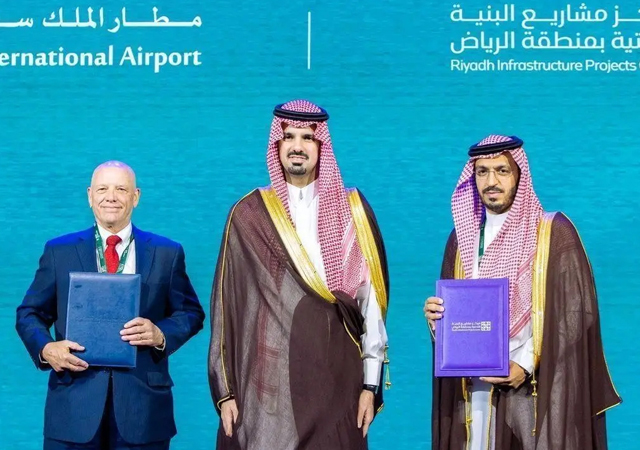

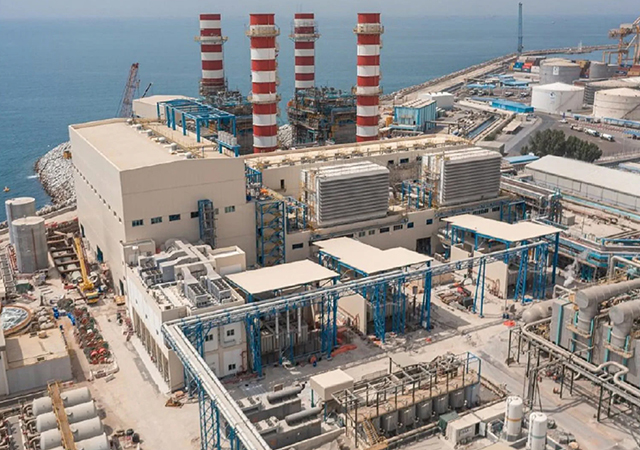


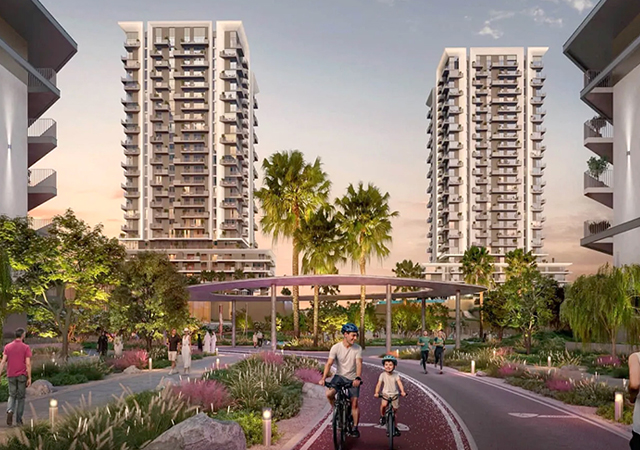
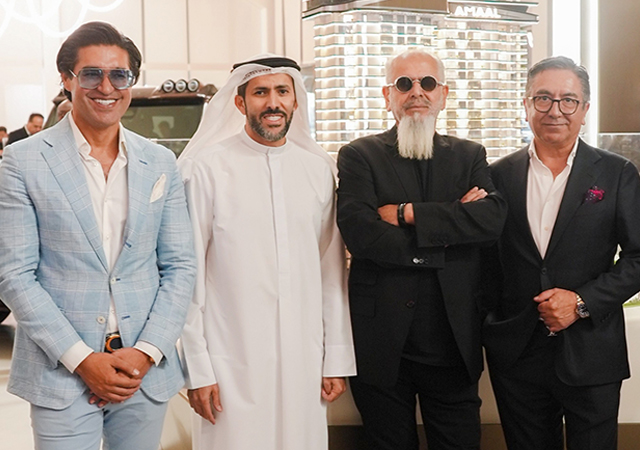
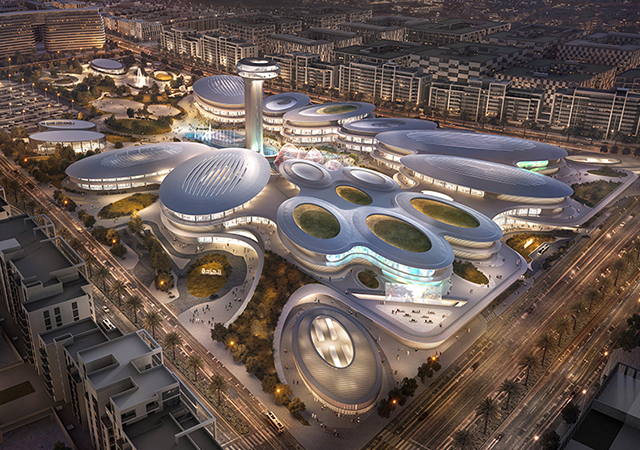

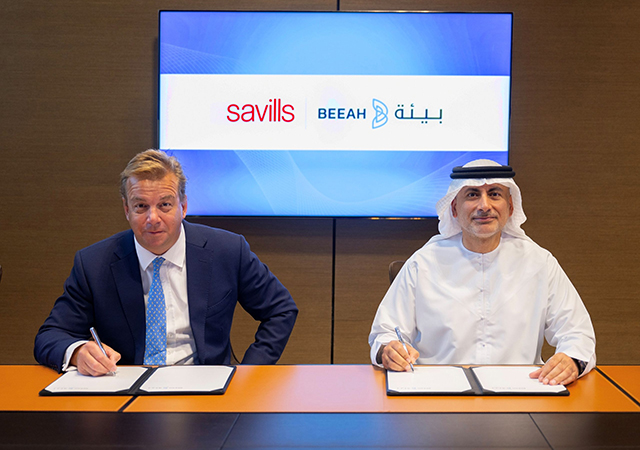

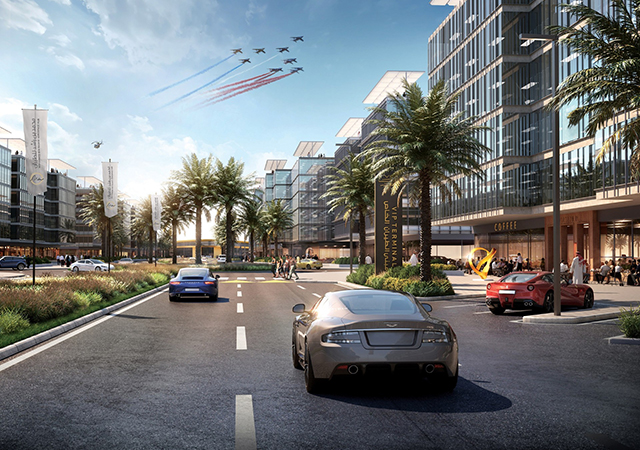

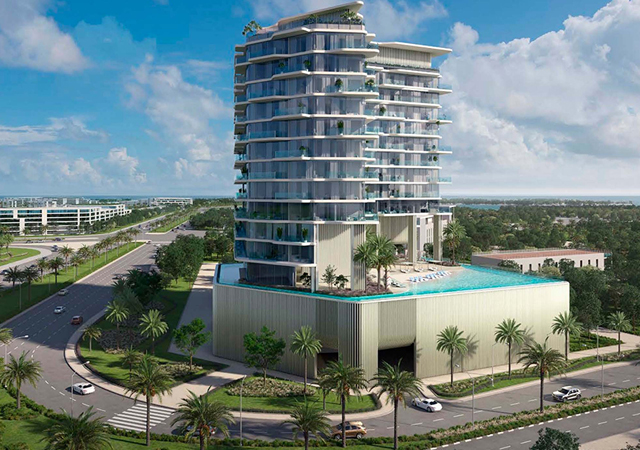

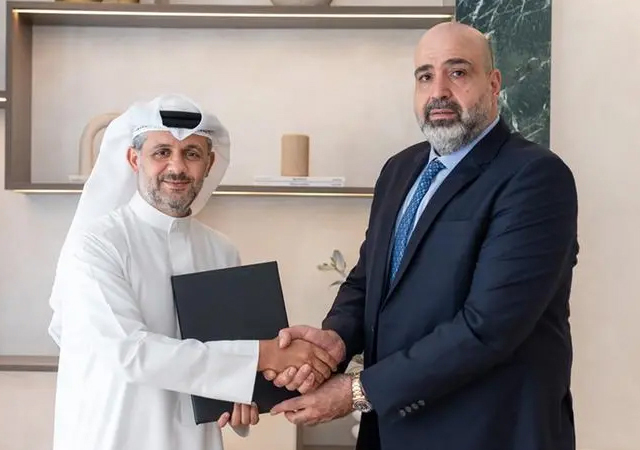
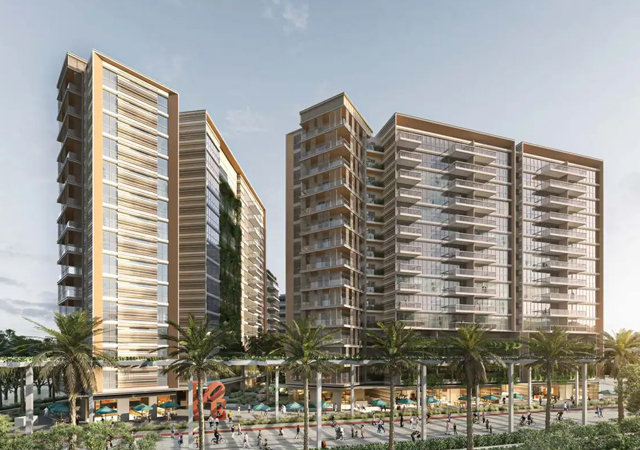

.jpg)
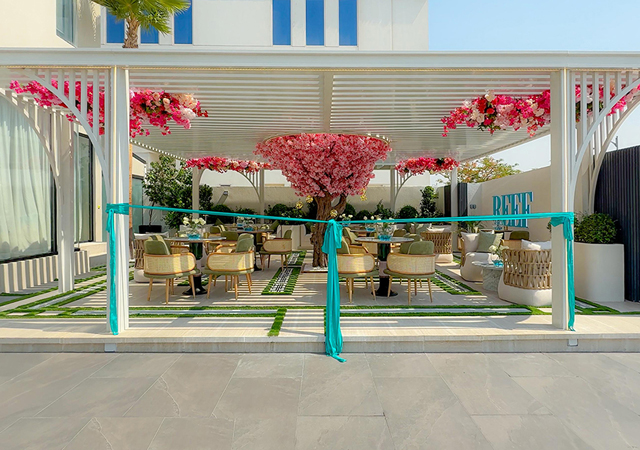
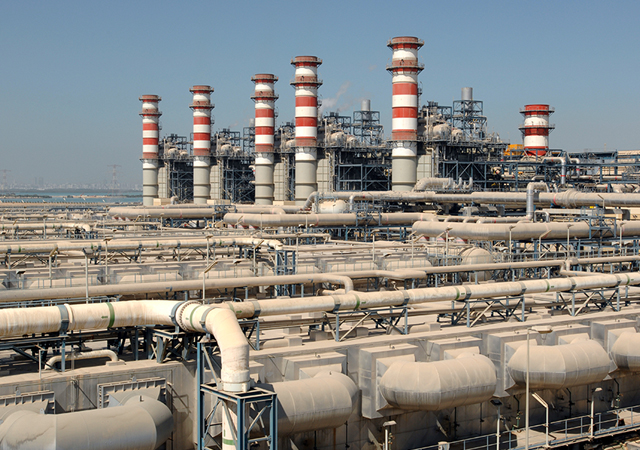

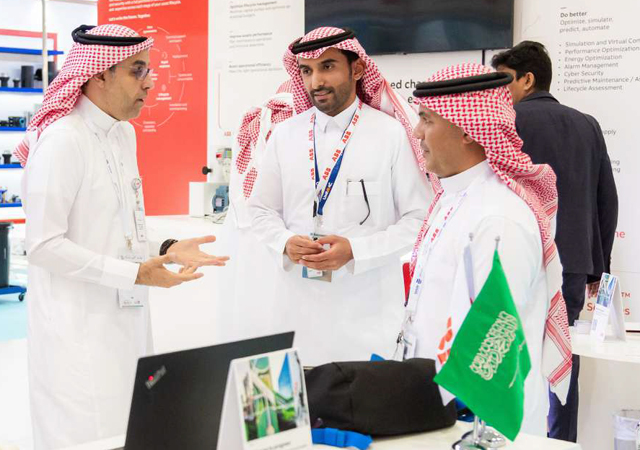
.jpg)
